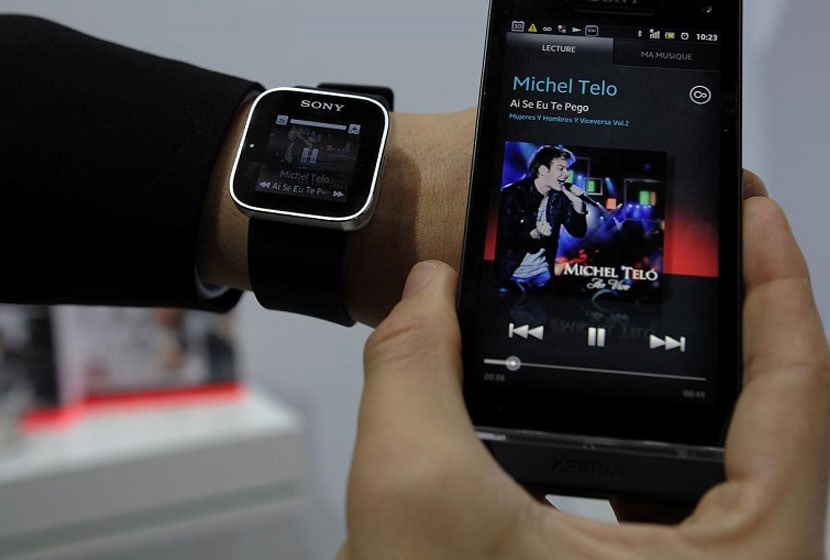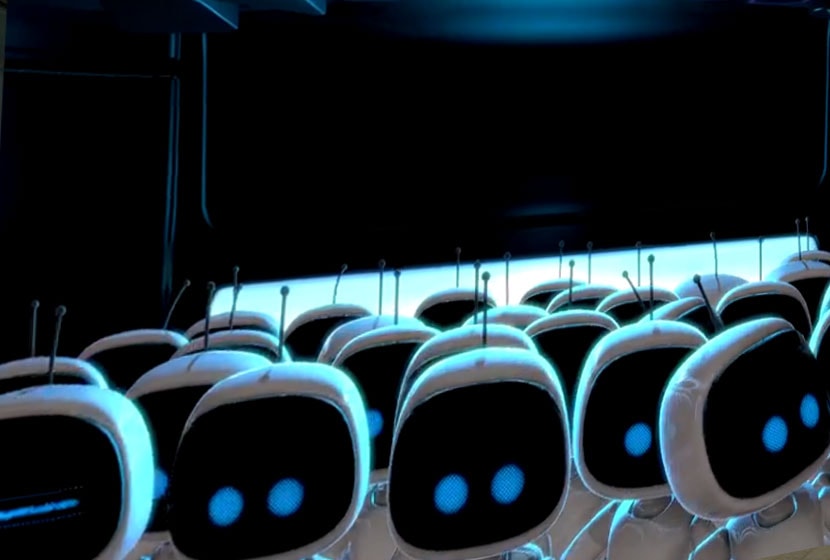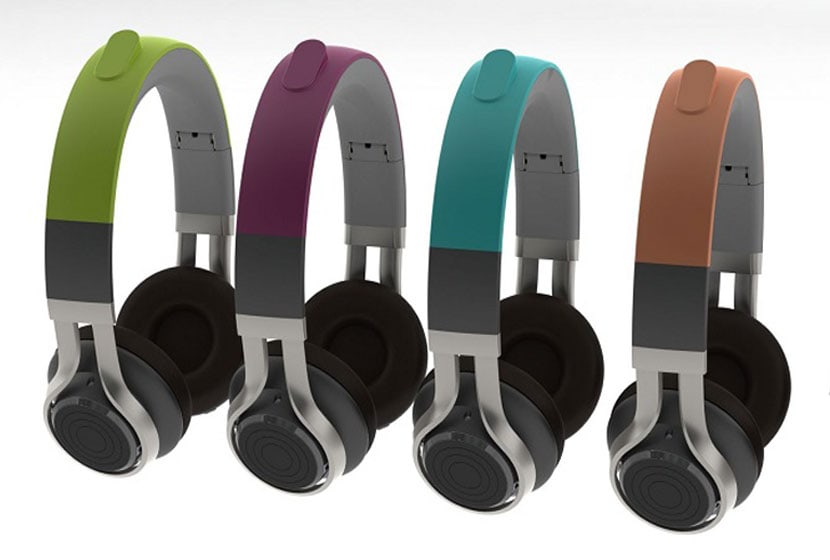Let us prepare, for the next 5 years, for a real revolution in all the things we will carry with us.
The global computer market continues its inexorable decline with a drop in sales of 14 % in the first quarter of this year, the worst in 20 years!
As for tablet sales, they continue to grow and are expected to reach 191 million units this year and 236 million units in 2014, surpassing for the first time the sales of laptops (210 million units expected).
By 2017, sales of tablets could reach 470 million units, while sales of computers (all types) are expected to stagnate at around 270 million units.
But it is undoubtedly the growth of the global smartphone market that is the most impressive: from 225 million devices in 2013, sales should explode to reach 1.5 billion units in 2017.
With regard to the development of high and very high speed broadband networks, a study carried out by the Ericsson firm predicts that 85 % of the world's population will be covered by 3G and 50 % by 4G by 2017. The same study points out that, globally, 3.6 billion people will have access to the Web in 2017.
Another study, published by Idate last June, predicts that by 2017 there will be one billion 4G subscribers worldwide, compared with less than 100 million at present.
It should be remembered that this network dedicated to very high-speed mobile broadband will make it possible to have, provided you have a Smartphone or a compatible tablet, a speed of several tens of megabits per second, equivalent to that currently offered by a very high-speed Internet fixed line.
In France, this new 4G network should also develop very rapidly, according to the investment forecasts of the various operators who are aware of the economic stakes involved in the mobile data market. Overall, it is estimated that 40 % of the French population should be covered by 4G by the end of this year and 70 % by the end of 2014.
 In just five years' time, two major shifts will take place at the global level: firstly, more than half of humanity will have access to high-speed Internet; secondly, this access to the Web will no longer be mainly via our computers but via our smartphones, which will be twice as numerous as all the computers and digital tablets on the planet by that time!
In just five years' time, two major shifts will take place at the global level: firstly, more than half of humanity will have access to high-speed Internet; secondly, this access to the Web will no longer be mainly via our computers but via our smartphones, which will be twice as numerous as all the computers and digital tablets on the planet by that time!
As a sign of the times, in most developed countries, and particularly in the United States, tablets and mobile phones have become the first terminals for accessing information in front of the television, and within two or three years they will overtake computers as a means of accessing the Internet.
In the United States, although one in five Americans still does not have access to the Internet, the consumption of online information and content has now overtaken that of television programmes. By 2013, it is estimated that an American spends an average of more than five hours a day online on all devices, compared to only four and a half hours watching television.
The same phenomenon can be observed in France, as Ipsos points out in one of its latest studies which shows that, in our country, 13-19 year olds spend 1.5 hours a week on the Web as opposed to 11.15 hours in front of conventional television.
In fact, the 13-25 year old audience has never consumed so many images and videos, whether they are music videos, series or films. But now this young audience has got into the habit of making its own "à la carte" programme and wants to be able to watch its favourite videos at any time using the Internet.
 This explains the phenomenal success of sites such as YouTube or Dailymotion, which are now available on a growing number of television sets that can be connected to the Web via the new "boxes" offered by various Internet service providers.
This explains the phenomenal success of sites such as YouTube or Dailymotion, which are now available on a growing number of television sets that can be connected to the Web via the new "boxes" offered by various Internet service providers.
This new generation no longer wants to consume television in a passive, sequential and ritualized way, as their parents did. They watch videos all the time, juggling with the different digital devices they own and always in a "desynchronized" and user-friendly way, i.e. by doing something else at the same time and sharing, via social networks, their opinions on the programmes they consume.
This veritable "phagocitation" of web television is at the origin of a cultural revolution that we have not yet taken the measure of and that has only just begun. It is no coincidence that YouTube is now second only to Google, the most popular search engine in the United States.
In the face of this dramatic change in the global digital landscape, it is striking to note how much the giants of computing and electronics, such as Intel, IBM, Microsoft, have largely missed the technological and cultural shift of mobile digital terminals, especially smartphones and tablets.
The market was not mistaken there and the Microsoft share, since Steve Ballmer took office, has lost nearly 45 % of its value, going from 52 to 35 dollars and it is not certain that the recent takeover of Nokia by Microsoft can reverse this trend. As for the Japanese firm Sony, which has long been at the forefront of technological innovation, it has made a series of strategic mistakes and has lost more than 60 % of its stock market value in the last five years.
The digital economy is now largely dominated by Apple, which weighs around $400 billion on the stock market, Google ($295 billion market capitalization) which has overtaken Microsoft ($263 billion), Samsung ($190 billion) and Facebook ($100 billion).
But in this booming digital landscape, and while computers, whether home or portable, seem destined, at least in the form we know them, to decline inexorably, two new types of digital terminals are bursting onto the scene and may well cause a surprise in the coming months.
One is the "Phablettes", hybrid terminals that merge a smartphone and a tablet and offer very high resolution screens ranging in size from five to seven inches (12 to 18 cm).
In this very promising new niche, Samsung, which has bet on a strategy of massive investments in research and development, is making its mark with devices of quite remarkable quality, such as the latest "Galaxy Note 3" or the "Mega", true digital "Swiss Army Knives" whose versatility, power and flexibility of use are seducing all audiences, including senior citizens.
Although these terminals do not have a removable physical keyboard, as is the case with a growing number of hybrid tablets, this handicap is being compensated for by the combination of voice and scriptural recognition, which makes them particularly pleasant and intuitive to use. Unlike digital tablets, these "Phablettes", which can be put in your pocket and carried everywhere with you, can, in 90 % cases, advantageously replace a laptop computer.
But another type of digital device should also be a huge success: the "smart watch", the first models of which were presented a few days ago.
 Even if for the moment these communicating watches must be used in association and in synergy with a Smartphone or a tablet (as is the case for the intelligent watch that Samsung has just unveiled), in order to deploy all their potential, the giants of electronics and digital technology are already working on the second generation which will be much more autonomous and will generalize access to telemedicine and mobile health for the general public.
Even if for the moment these communicating watches must be used in association and in synergy with a Smartphone or a tablet (as is the case for the intelligent watch that Samsung has just unveiled), in order to deploy all their potential, the giants of electronics and digital technology are already working on the second generation which will be much more autonomous and will generalize access to telemedicine and mobile health for the general public.
Indeed, beyond interpersonal communication, information, games and online entertainment (with the full integration of television on the Net), it is in this strategic field of application, with its huge economic potential and no less considerable social needs, that these new portable terminals will be introduced.
With the decisive advantage that they can be kept in constant contact with the body, these new types of watches - and the smartphones that will be associated with them - will within a few years become medical aids as precious as they are indispensable.
Not only will they be able to constantly monitor and transmit the main biological parameters (heart rate, blood pressure, skin acidity, etc.), but they will also be able to infallibly remind us of our medication prescriptions, give us advice on nutrition and health, detect falls and loss of consciousness and trigger the appropriate alerts for the situations and pathologies detected.
As for the next generations of smartphones and tablets, studies such as the one recently published by researchers at the University of Illinois show that they will be able to provide instant, low-cost medical diagnostics by combining their electronic and computational processing power, the sensitivity of their biosensors and their optical capabilities (See News Bureau Illinois).
According to the researchers of this study group, this type of specially adapted Smartphone will thus be able, for a material cost of around 150 €, to carry out biological and chemical analyses as fine and precise as those done in the laboratory with a spectrometer worth 40 000 €!
It's easy to imagine the revolution that will be brought about by the rapid spread of this type of mobile phone and terminal, designed to be both true portable laboratories and versatile medical assistants!
Whether in our developed countries, faced with the immense challenges of caring for and monitoring the medical care of an increasingly elderly population, or in emerging countries that also face formidable health and medical challenges but do not have the means to invest in costly health and medical infrastructures, this rapid and massive arrival of mobile digital medicine will profoundly change our economies and societies.
But these next-generation smart watches and smartphones will, in turn, give way, in the much nearer future than we imagine, to interactive and connected clothing and different types of body implants that will allow each human being to become, as a physical, cognitive and sentient system, a fully integrated and interconnected entity on the global Internet.
This future may legitimately question and even frighten us, but we can also consider that this evolution can have immense beneficial effects for humanity and the well-being of each and every one of us, provided of course that we do not suffer it and that we are responsible, enlightened and vigilant actors.
But to be accepted, on a human, social and cultural level, this next revolution of the transparent, ubiquitous and intracorporeal Internet will have to be for the benefit of all and not for the service of a few, and will have to be part of the inescapable framework of the democratic and ethical debate, more necessary than ever to define the rules and set the limits of this evolution towards the digital society.
René TRÉGOUËT
Honorary Senator - Founder of the Senate Foresight Group
(Source: Maryline Passini - Blog Proâme - 13 September 2013)












